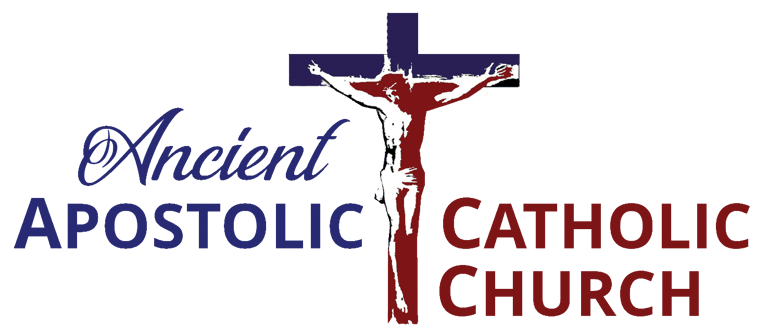Glendalough, Wicklow
PILGRIMAGE UK: HOLY PLACES

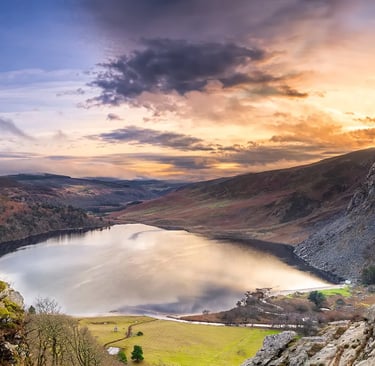
Glendalough, nestled in the rugged splendour of County Wicklow, stands as an enduring beacon of Celtic monasticism and spiritual devotion. Founded in the sixth century by the holy St Kevin, this ancient monastic site is etched into the Irish landscape by its twin glacial lakes, dramatic cliffs, and the meditative silence that pervades every stone and glen. For centuries, pilgrims have roamed its sacred grounds, encountering well-preserved ruins, charming round towers, and the reverberations of a rich tradition of Celtic Christianity, all of which invite them to contemplate the inextricable harmony between nature and spirituality.
As you step onto the hallowed earth of Glendalough, it is impossible not to be enveloped by a palpable sense of the mystical. The sound of birdsong, the gentle lapping of lake waters against rugged shores, and the quiet murmur of the wind through ancient trees create an atmosphere reminiscent of a timeless retreat. It is here, amidst the interplay of light and shadow upon the glacial lakes, that the legacy of St Kevin is most keenly felt. The saint, reputed to have sought solitude and communion with God on these very banks, left behind a spiritual imprint that continues to attract those on a quest for deeper faith and purpose.
Wandering amid the well-worn paths, one is struck by the beauty of the landscape. The twin lakes—formed by ancient glaciers that sculpted this valley thousands of years ago—mirror the sky in a shimmering dance of light and colour, while the dramatic cliffs, fringed by wild heath and moss, stand as silent witnesses to the passage of countless generations. Here, nature is both a backdrop and a participant in the sacred drama, its timeless rhythms echoing ancient psalms. The glacial waters, cool and clear, offer moments of quiet meditation, inviting each pilgrim to pause and reflect on the eternal cycles of renewal that mirror the cycles of life.
Interspersed among the natural wonders are the ruins of stone churches and stout round towers—the enduring vestiges of a once-flourishing monastic community. These remnants, though weathered by time, speak volumes about the spiritual fervour and architectural ingenuity of the early Irish monks. The stone churches, with their simple lines and modest embellishments, were designed not to impress, but to facilitate a deep, personal encounter with the Divine. The round towers, unique to the Celtic Christian tradition, are believed to have served both as bell towers and as sanctuaries against marauding invaders. Their cylindrical silhouettes, rising starkly against the horizon, serve as quiet reminders of a time when faith and resilience were inextricably bound.
A walk through the monastic city of Glendalough is akin to traversing a living tapestry of Celtic heritage and devotion. Every stone, every carved detail in the abutting walls, seems to recite a verse from an ancient hymn. The site’s layout, which once accommodated a vibrant community of monks, is arranged in deliberate, sacred order. It is easy to imagine that, in centuries past, the echoes of chanting and the rhythmic cadence of prayer imbued these grounds with an air of solemnity and hope. Even today, as you trace the crumbling contours of an old church or linger before a weathered cross, the past speaks quietly, urging you to listen—a call to enter into communion with a tradition that has been lovingly preserved over millennia.
Glendalough is not merely a destination; it is also a mirror to the pilgrim’s own inner journey. In the stillness of this ancient valley, one is compelled to confront the eternal questions of purpose, faith, and identity. The tranquillity of the lakes, the sturdiness of the stone structures, and the rugged beauty of the surrounding hills resonate as metaphors for the strength, vulnerability, and resilience of the human spirit. Here, modern dilemmas of chaos and digital distraction seem to melt away, replaced by the primordial call to quiet contemplation and inner renewal. The delicate balance between the natural world and the ultra-spiritual remnants of Celtic Christianity reminds us that spirituality is not confined to the rituals of a modern church, but rather flourishes in the holistic union of mankind and nature.
Indeed, as you navigate the paths of Glendalough, the profound legacy of Celtic Christianity unfolds in every gentle corner of the valley. The monastic life that once thrived here, marked by ascetic discipline and a deep connection to the rhythm of nature, set a pattern for subsequent generations of believers. The simplicity of the early wooden structures and stone sanctuaries contrasts sharply with later, more elaborate ecclesiastical designs elsewhere in Europe. In Glendalough, however, the emphasis has always been on fostering a personal, intimate relationship with the Divine—an ethos that continues to inspire contemporary seekers, even as the surrounding landscape bears the marks of time.
For the modern pilgrim, Glendalough is both a sanctuary of history and a beacon for the search for personal meaning. The ancient site, where St Kevin once walked in solitude, becomes a place of dialogue—a conversation between the past and the present. Each step is imbued with the spirits of those who have gone before, their devotions echoing in the stillness of the air. Whether you pause beside the serene lake, contemplate the lofty heights of the round tower, or wander the ancient paths in quiet meditation, you are reminded of the calling to greater simplicity and transcendence. In this sacred interplay between nature and spirituality, Glendalough reveals itself as a timeless retreat—one that nurtures both faith and purpose.
The allure of Glendalough extends beyond its spiritual magnetism; it is also a vivid reflection of Ireland’s rich cultural history. The myths and legends associated with St Kevin, the saint whose gentle humility and mystical insight continue to fascinate, are interwoven with the physical landscape. The site stands as a living memorial to a tradition that has shaped not only the local heritage but also contributed significantly to the broader tapestry of early Christian thought. In the soft glow of a sunrise over the glacial lakes, with the distant hills bathed in the tender hues of early light, one can feel the weight of centuries—a palpable connection to an era when nature and faith were inseparable partners in the quest for the eternal.
As the day wanes and the cool twilight descends upon Glendalough, new layers of reflection emerge. The fading light casts long, contemplative shadows over the ruins, transforming the landscape into a tableau of wonder and timeless contemplation. In that quiet, reflective moment, you are gently reminded that, as each day draws to a close, there is a perpetual cycle of beginnings and endings—an eternal rhythm that mirrors the cycle of life itself. The pilgrimage through Glendalough, with its meditative spaces and resonant echoes of ancient prayer, becomes a reminder that the pursuit of deeper faith is both an inward journey and an outward celebration of the beauty that surrounds us.
Ultimately, Glendalough stands as a living testament to the enduring power of spiritual harmony. It is a place where the ancient ethos of Celtic Christianity is interwoven with the majestic natural environment—a landscape that continues to inspire, uplift and guide the curious souls in search of truth and divine beauty. The monastic legacy of St Kevin, the well-preserved ruins of stone churches and round towers, and the mystical beauty of glacial lakes and dramatic cliffs all converge to offer a pilgrimage experience like no other. Here, as you wander among these sacred remnants and bask in the timeless beauty of the valley, you are invited not merely to observe but to participate—to allow the serenity and quiet majesty of this ancient site to echo within your own spirit, deepening your understanding of faith, purpose, and the awe-inspiring interplay between nature and the divine.
Glendalough: A Timeless Pilgrimage into the Heart of Celtic Christianity
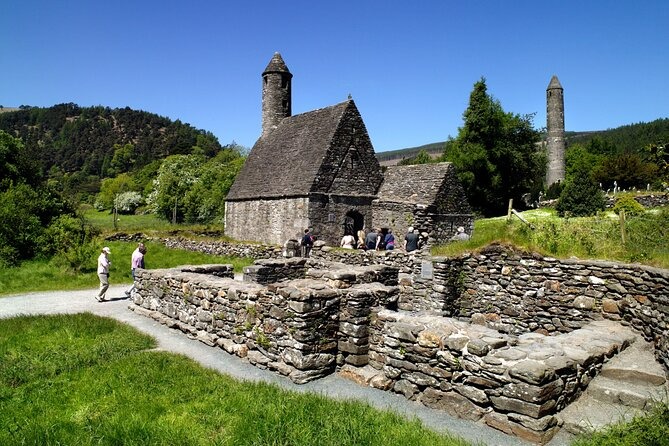

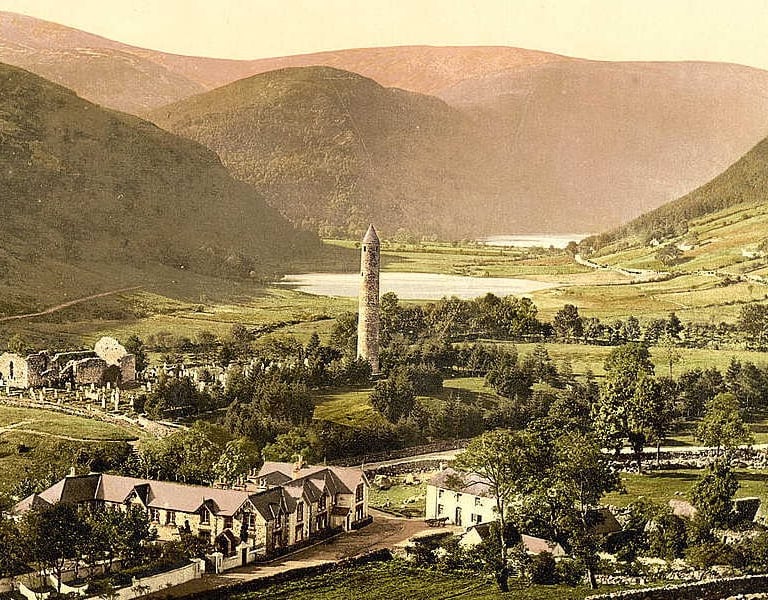

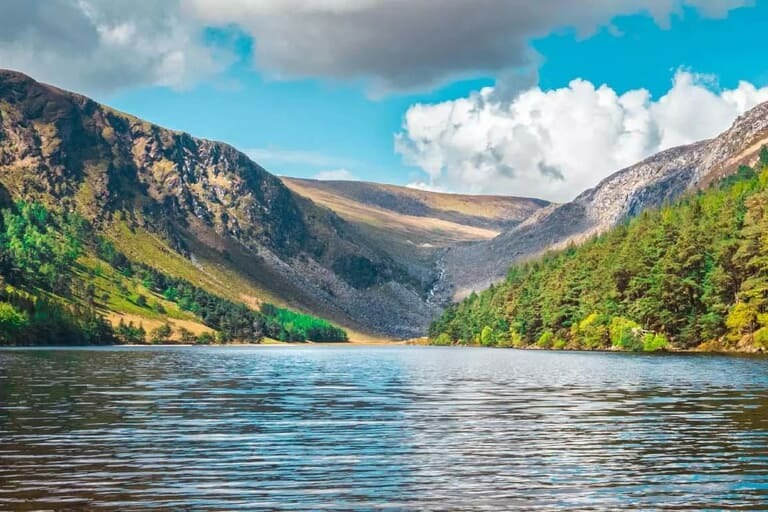

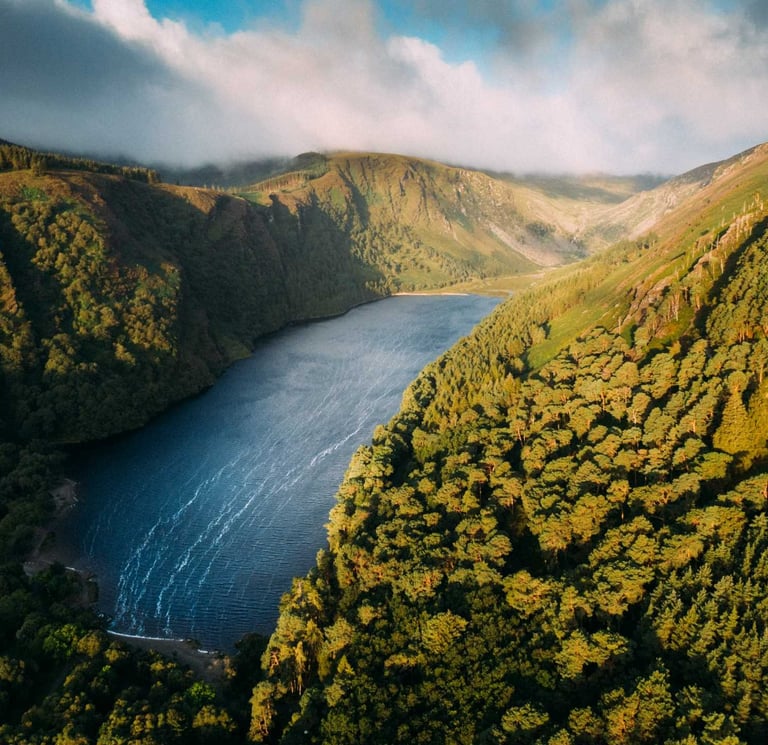

Ancient Apostolic Catholic Church
Embracing faith, inclusion, and compassionate service together.
ST THOMAS AQUINAS SEMINARY
© 2025. All rights reserved
QUICK LINKS
